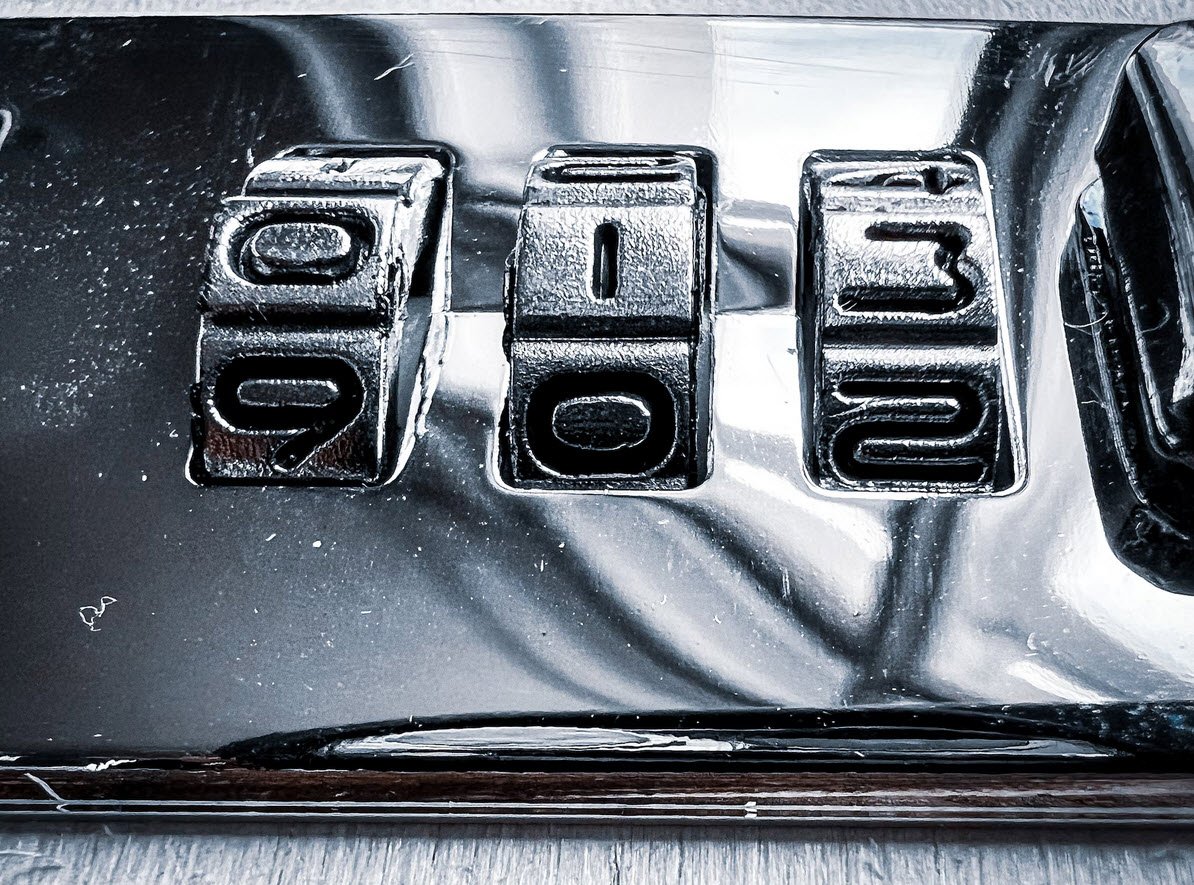
PHP, short for “Hypertext Preprocessor,” is a popular server-side scripting language used by web developers to create dynamic websites and web applications. Its ease of use, flexibility, and an extensive community of developers have made it a preferred choice in the web development world. However, like any other technology, PHP is not immune to security vulnerabilities.
In this article, we will explore some essential PHP security best practices to help you protect your web applications from potential threats.
1. Stay Updated
One of the cardinal rules of PHP security is to stay up-to-date. PHP has had its share of security vulnerabilities in the past, but diligent efforts by the community and maintainers have led to frequent updates and patches. Make sure you are using the latest version of PHP to benefit from security improvements.
2. Disable `allow_url_fopen`
PHP allows including files from remote URLs using the `allow_url_fopen` directive. This feature can be manipulated by attackers for cross-site scripting (XSS) or arbitrary command execution attacks. To prevent this, disable `allow_url_fopen` in your `php.ini` configuration file.
3. Disable `register_globals`
In earlier versions of PHP, the `register_globals` directive was enabled by default, which could lead to security vulnerabilities. Disable it in your `php.ini` to prevent attackers from accessing PHP instructions or variables through the URL.
4. Input Normalization with `utf8_decode()`
Normalize user input before processing it. Utilize functions like `utf8_decode()` to ensure that input data is in a consistent format before filtering or validating it. This practice helps prevent unexpected behavior and security issues.
5. Prevent XSS and Command Injection with `strip_tags()`
To protect your application from cross-site scripting (XSS) and PHP command injection attacks, use the `strip_tags()` function. It removes HTML and PHP tags from user input, making it safe to display or process.
6. Mitigate XSS and SQL Injection with `htmlspecialchars()`
The `htmlspecialchars()` function is essential for preventing both cross-site scripting (XSS) and SQL injection attacks. It escapes special characters, ensuring that user input is safely rendered in HTML or protected against SQL injection when used in database queries.
7. Guard Against SQL Injection with `addslashes()`
To defend your application against SQL injection attacks, use the `addslashes()` function. It escapes characters that could potentially compromise your database queries, making them safe for execution.
8. Use “Safe Mode” Wisely
While PHP’s “safe mode” can provide an additional layer of security, it should not be relied upon as the sole defense mechanism. It can be circumvented in certain situations, so it’s crucial to implement other security measures alongside it.
9. Watch for `passthru()` and File Inclusion Vulnerabilities
Be cautious when handling user-supplied data that can be used to execute the `passthru()` function or include files dynamically. Always validate and sanitize input data before using it in these contexts to prevent unauthorized code execution.
10. File Extensions Matter
Ensure that your PHP include files have the “.php” suffix instead of “.inc.” Using “.inc” may expose sensitive code and data, as these files are not processed by PHP and can be downloaded by malicious users.
11. Avoid Relying on `session.referrer_check`
Do not rely solely on the `session.referrer_check` directive for security. While it can help prevent session fixation attacks, it should be used in conjunction with other security measures, such as proper session management and authentication.
12. Proper Session Handling with `session_destroy()`
When a user logs out of your application, explicitly end their session using the `session_destroy()` function. This ensures that any session-related data is properly cleared, reducing the risk of session-related security vulnerabilities.
Conclusion
PHP’s popularity in web development comes with the responsibility of securing your applications against potential threats. By following these PHP security best practices, you can significantly enhance the security of your web applications and protect them from common vulnerabilities.
Remember that security is an ongoing process, and staying informed about the latest security trends and vulnerabilities is essential to maintain a robust defense against evolving threats.
You may also like:- Gmail and Facebook Users Advised to Secure Their Accounts Immediately
- Pentagon’s Proactive Approach to Cybersecurity – Over 50,000 Vulnerability Reports Since 2016
- Windows Hardening – Key Points To Remember
- Top 10 Fundamental Questions for Network Security
- How to Remove x-powered-by in Apache/PHP for Enhanced Security
- Secure Programming Checklist – 2023 Compilation Guide
- The Ultimate Network Security Checklist – 2023 Complete Guide
- A Comprehensive Guide to Crafting Strong Passwords
- Top 28 Essential Tips To Safeguard Your Computer
- 26 Tips for Secure Browsing and Online Shopping








